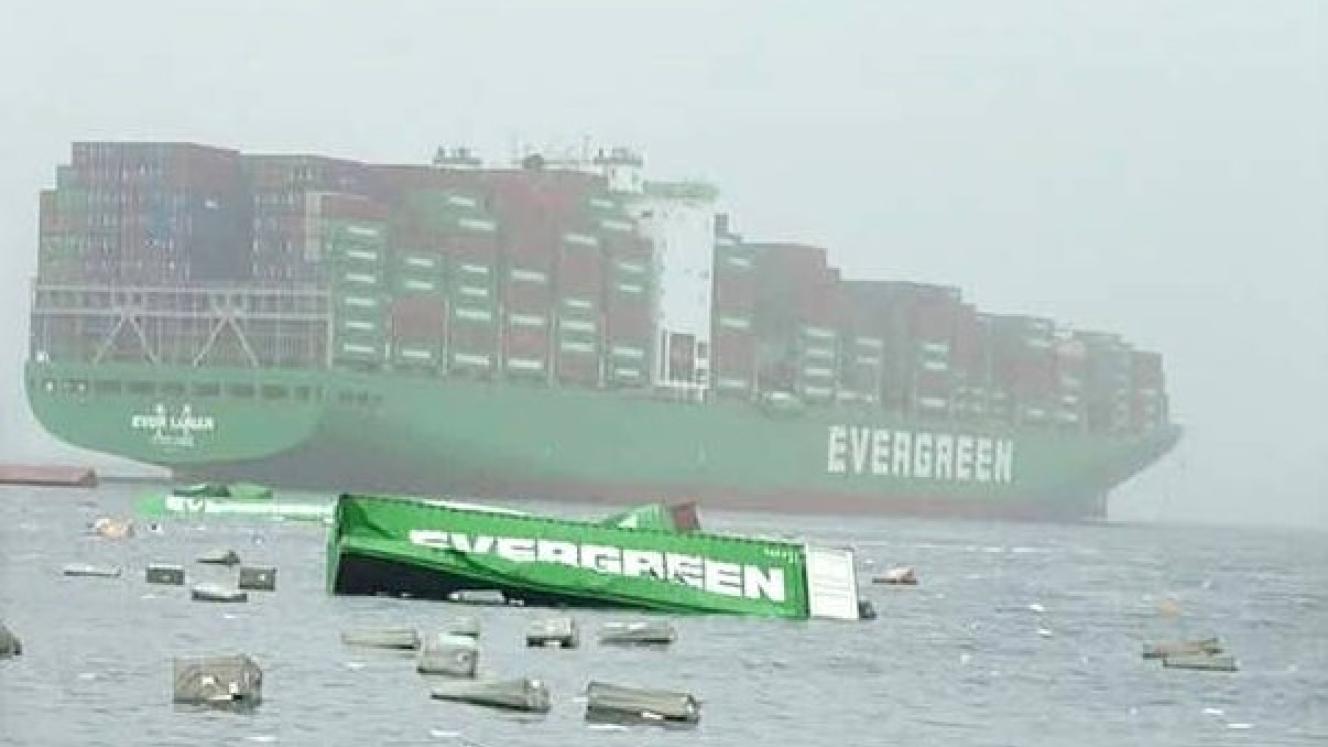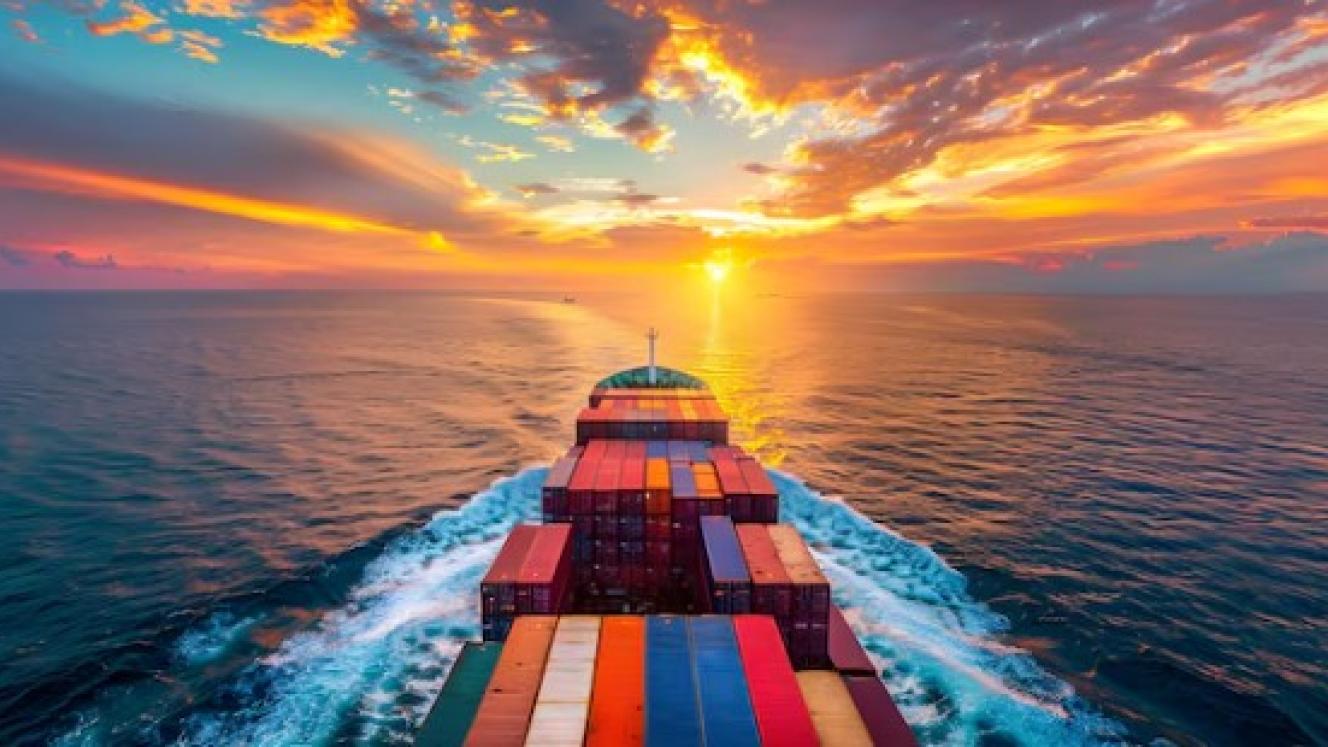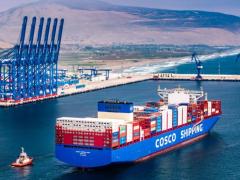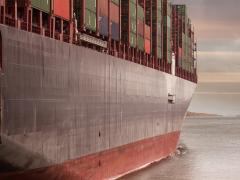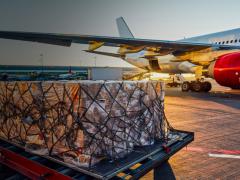Rough seas on the Pacific and Atlantic coastlines of Southern America caused Taiwan’s largest shipping company, Evergreen, to suffer two serious box-overboard incidents in three days.
The first occurred last Tuesday, when the 12 100-TEU Ever Feat encountered heavy swells while navigating between Brazil and Uruguay.
As a result, between 30 and 40 containers were either lost or badly damaged following a collapse of container stacks.
Some of the affected containers were believed to be carrying fertiliser, prompting local authorities to implement safety protocols for potentially hazardous cargo.
The vessel proceeded to Montevideo, where it docked safely and was met by salvage teams and port officials, who began assessing the damage and initiating clean-up operations.
Just days later, on August 1, the 8 500-TEU Ever Lunar lost around 50 containers overboard while anchored off Callao, Peru.
The ship reportedly experienced a sudden and violent rolling motion, which led to several container stacks at the stern toppling into the sea.
It could not be confirmed whether the latter incident was connected to the 8.8 Richter-scale earthquake that struck Russia’s Kamchatka coast, resulting in tsunami warnings as far south as Japan.
The Peruvian coast incident prompted a temporary suspension of port activities by both DP World and APM Terminals, as the port authority initiated a rapid response.
Patrol vessels and tugboats were dispatched to secure the area and assist with container recovery. Peruvian officials confirmed that none of the lost containers contained hazardous materials. Operations at Callao resumed later the same day.
Further reports suggested that the Ever Lunar had been docked and was either handling or preparing to handle cargo before being ordered to leave port due to a tsunami warning issued the previous Friday. The directive reportedly came before all containers had been fully secured on deck.
These back-to-back incidents have raised concerns within the maritime community about the vulnerability of container stacks during extreme weather events and the robustness of cargo securing practices in the region’s shipping corridors.
